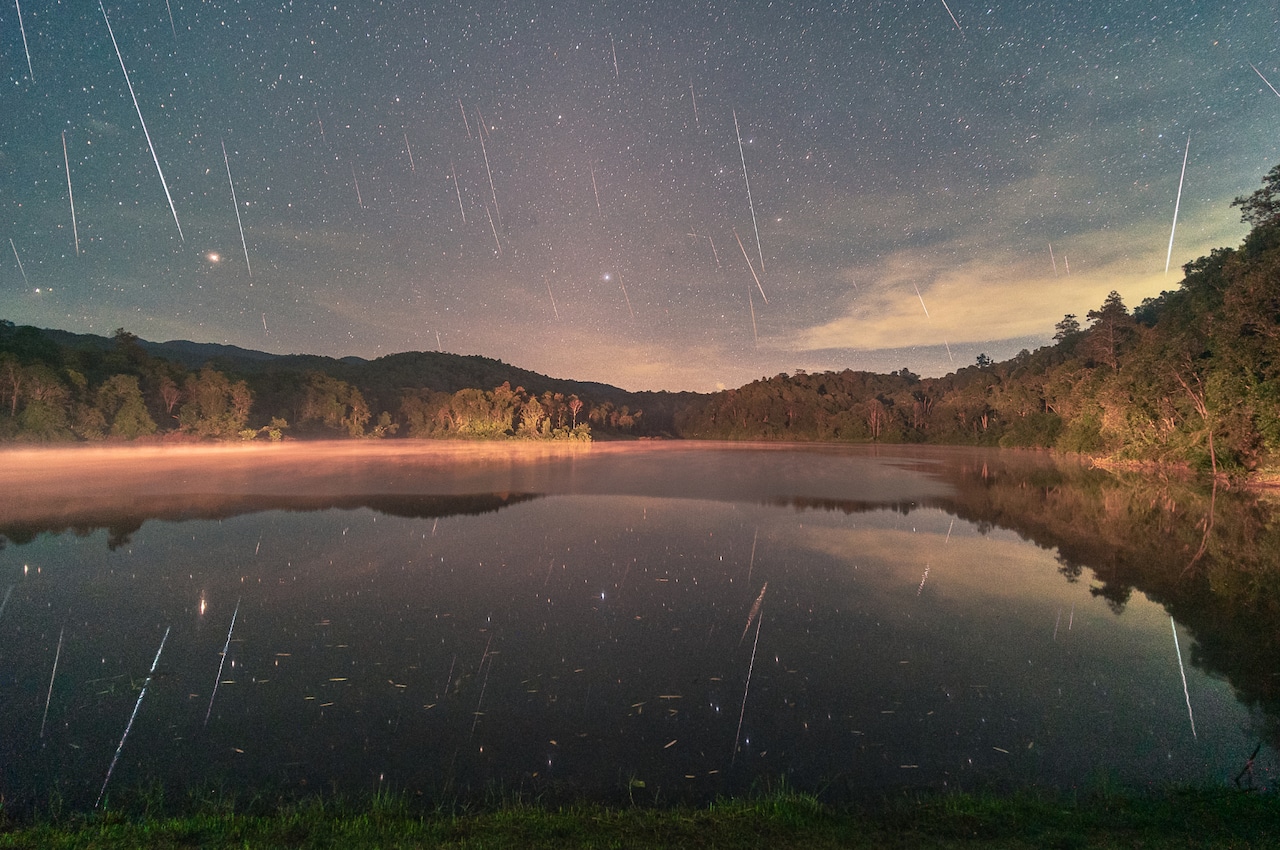
Not one, but three ‘big astronomy events’ are happening in a single week this month
How did your country report this? Share your view in the comments.
Diverging Reports Breakdown
Not one, but three ‘big astronomy events’ are happening in a single week this month
AccuWeather reports that a trio of astronomical events will take place within a single week this month. The first is the Sturgeon Moon, which will be visible Aug. 8-9. Then, in the early morning on Aug. 12, viewers can witness the Jupiter-Venus conjunction. The Perseid meteor shower can be seen, reaching its peak from the evening ofAug. 12 through early morning of Aug. 13.
The skies will be busy this August.
AccuWeather reports that a trio of astronomical events will take place within a single week this month, including a well-known meteor shower.
The first is the Sturgeon Moon, which will be visible Aug. 8-9.
According to AccuWeather, the name Sturgeon Moon is traced back to Captain Jonathan Carver in the 1760s, who heard the name in reference to the fish found in the Great Lakes and Lake Champlain.
It is also known as the Black Cherry Moon, the Ricing Moon and the Mountain Shadows Moon, and it marks the final fool moon of the meteorological summer.
Then, in the early morning on Aug. 12, viewers can witness the Jupiter-Venus conjunction. Both planets will be seen rising before sunrise, visible to the naked eye, and appear extremely close together.
“The planetary pair will rise after 3 a.m., local time, but will be best seen between 4 a.m. and 5 a.m., appearing about as far apart as the width of a pinky finger held at arm’s length,” states the AccuWeather website.
Finally, the Perseid meteor shower can be seen, reaching its peak from the evening of Aug. 12 through the early morning of Aug. 13.
However, the view will be somewhat compromised due to the light reflected from the moon.
According to the American Meteor Society website, “the waning gibbous moon will severely compromise this shower at the time of maximum activity. Such conditions will reduce activity by at least 75 percent as only the brighter meteors will be visible.”
Those hoping to spot shooting stars should focus on the darker areas of the sky that night.
